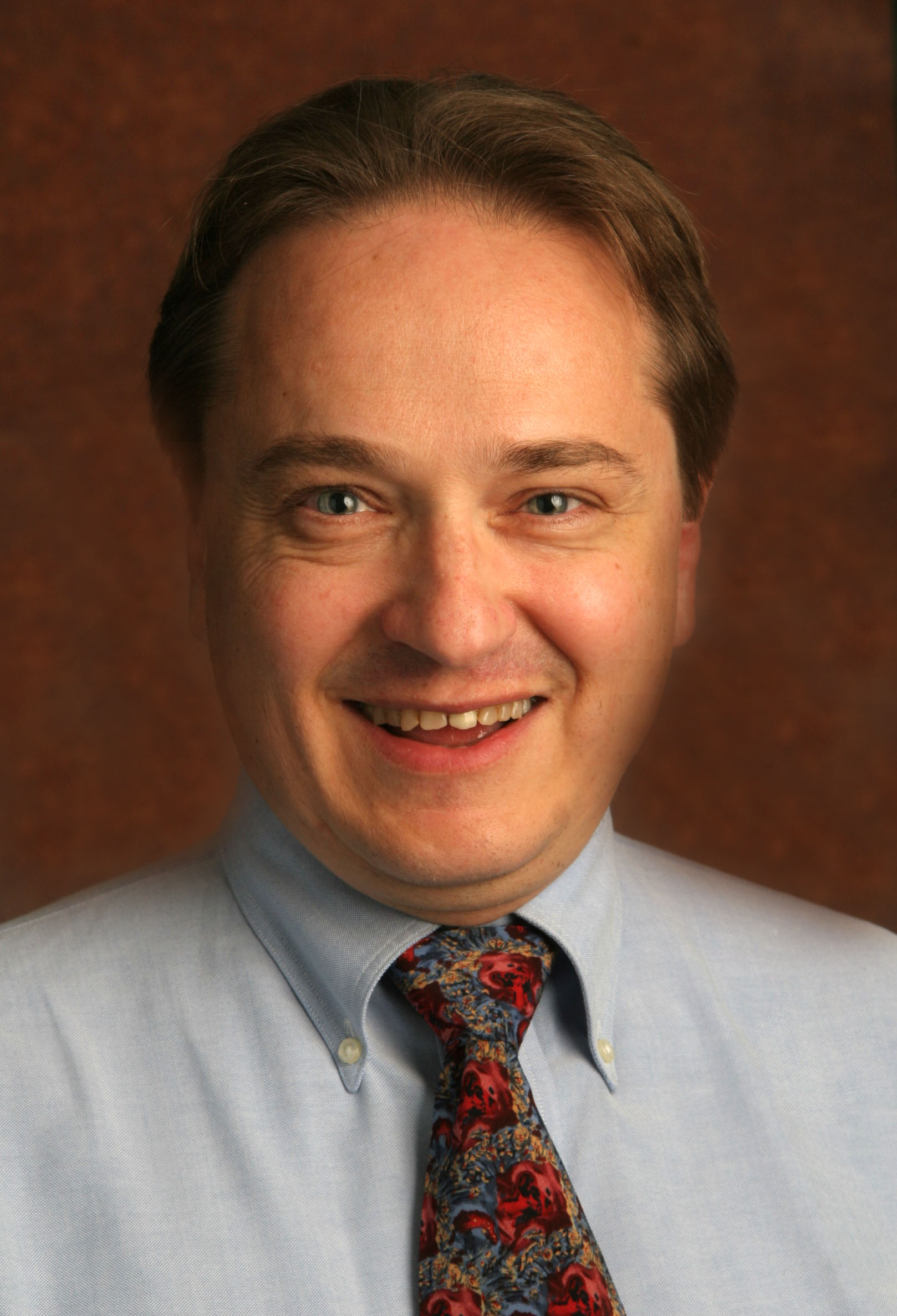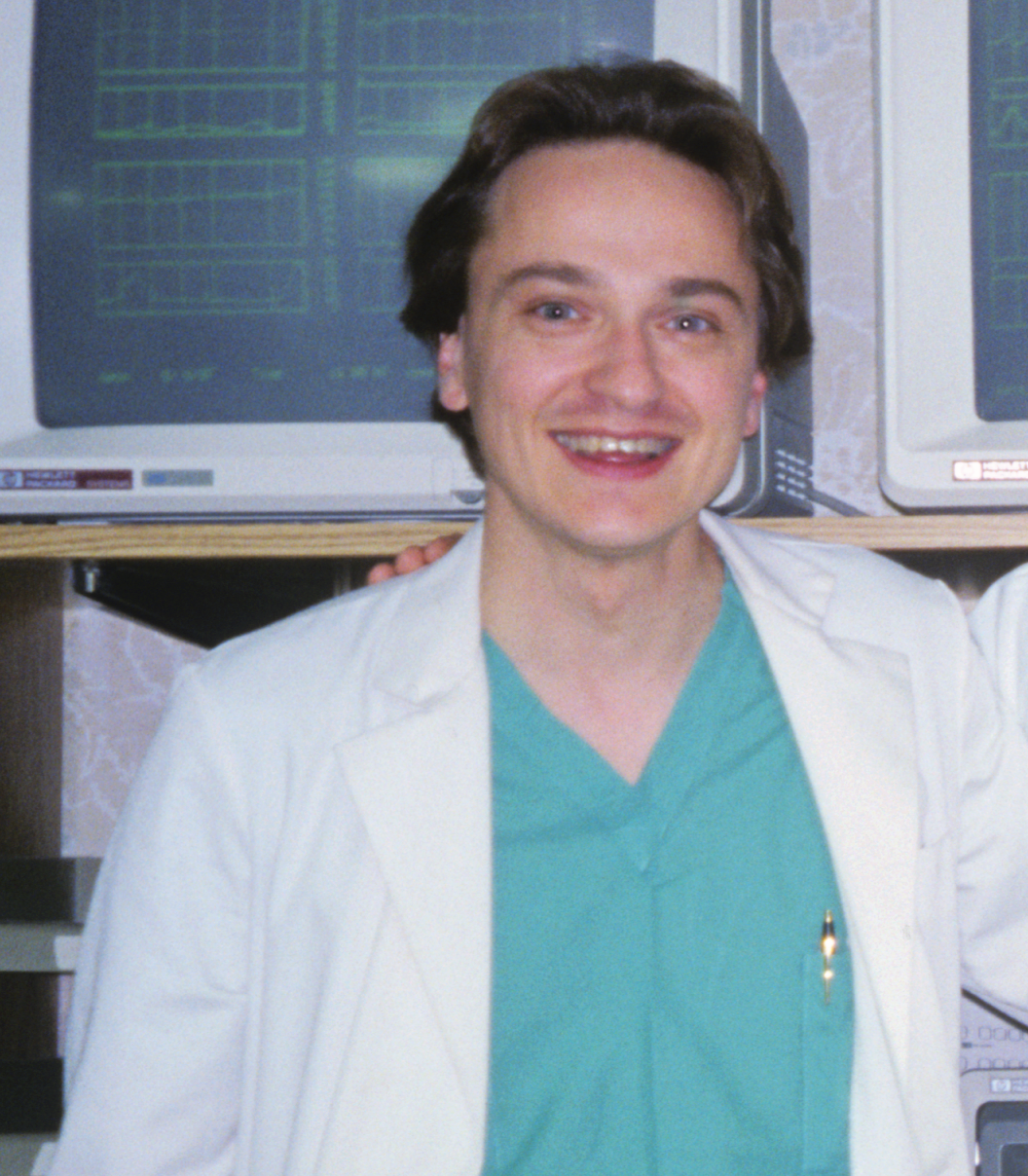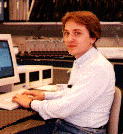Peter N. Steinmetz

Chief Scientist, NeurTex Brain Research Institute
The NeurTex Brain Research Institute is dedicated to understanding human cognition at the single neuron level.
- Human single neuron recording.
- Biomedical statistical analysis.
- Neuronal modeling and simulation.
- Research database design and implementation.
- Electronic instrument design.
- Microcontroller hardware design.
- Java, C++, and assembly language programming.
- Driver programming.
- Network administration.
- Ubuntu Linux systems administration.
- Small business management.
Johns Hopkins University Medical School
M.D., Ph.D. BioengineeringIn my thesis work with Prof. Raimond Winslow I studied how molecular noise sources present in the photoreceptors of the retina limit the ability to detect flashes of light. This work combined electrophysiological measurements in the tiger salamander retina with computer modeling and signal detection theory. Primary coursework included:
- Neuroscience
- Advanced Statistics
- Signal Processing
University of Minnesota, Twin Cities
B.S. Physics, with honors.My primary studies were in biophysics with an emphasis on mathematics and computer modeling.
NeurTex Brain Research Institute
Chief ScientistIn 2015, I established the institute to continue studies of human cognition based on single neuron recordings in the brains of human epilepsy patients. We are studying how memory, object perception, language, and choices are represented in the human brain at the level of the fundamental computational unit of the brain -- single neurons. We are now analyzing and publishing results from over 2 terabytes of data recorded in our laboratory and other laboratories around the world.
Barrow Neurological Institute
Program Director of NeuroengineeringIn 2008, I established the laboratory with a focus on human single neuron recording in epilepsy patients. Our major discoveries have included a representation of race amongst neurons in the left amygdala, the effects of low-level image properties, such as image brightness and contrast, on neurons in the medial temporal lobe, and a method for determining where seizures are likely to originate based on single neuron recordings.
Arizona State University, Harrington Department of Biomedical Engineering
Associate ProfessorEstablished research collaborations with epileptologists at the Barrow Neurological Institute and developed courses on biomedical engineering and signal processing.
University of Minnesota, Department of Biomedical Engineering
Assistant ProfessorAs a faculty member of a young department, I developed the core course on biomedical signal processing while collaborating with the University of California, Los Angeles on performing real-time control of single neuron firing in human epilepsy patients.
California Institute of Technology, Koch Laboratory
Post-doctoral ScholarMy research in the laboratory of Christof Koch focused primarily on understanding how noise sources in cortical pyramidal cells influenced signal processing in the cortex. In this work we used a combination of stochastic ion channel models and multi-compartmental neuronal modeling.
Zanvyl Krieger Mind-Brain Institute, Johns Hopkins University
Post-doctoral FellowMy research in the laboratories of Ernst Niebur and Kenneth Johnson showed that synchronous firing of neurons in the second somatosensory area was related to the attention devoted to a tactile, versus a visual, stimulus. This work used Monte-Carlo simulation to show the statistical significance of these differences recorded in the Macaque monkey.
Steinmetz & Brown, Ltd.
PresidentI co-founded this company which employed 10 people. We worked primarily on the design and development of microprocessor based controllers as well as business database systems using the Macintosh platform.




